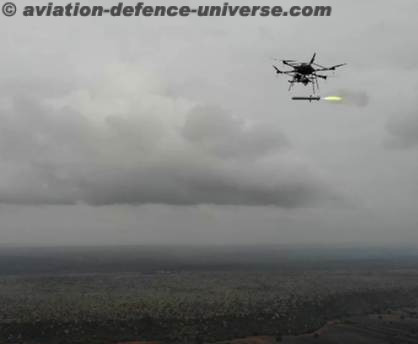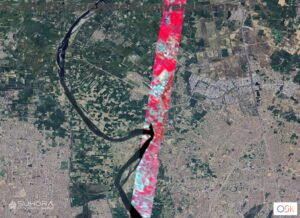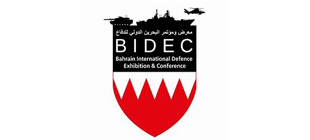- IAI’s multi-mission radar (MMR) is a central pillar of four of Israel’s main air defense systems, is the most operational in the world and the best-selling radar of all time in this category
- IAI’s MMR displays a high-quality aerial image and can simultaneously, effectively handle a wide range of targets.
- IAI’s radars enable the detection, classification and targeting of interceptors – to the point of being able to neutralize the vast majority of aerial threats
- IAI has been awarded two Israel Defense Prizes for the development and production of these radar systems
TEL AVIV, 12 June 2025 – IAI (Israel Aerospace Industries), a world-class aerospace and defense leader, marked the occasion of the delivery of the 250th multi-mission radar manufactured by IAI ’s Elta Group today by sharing that the system has been used to detect and alert Israel about every missile and rocket since the war began nearly two years ago in October 2023. These radars – the most operational in the world, are responsible for detecting, classifying, and directing interceptors until all airborne threats to the State of Israel are neutralized, and are also used for similar purposes by Israel’s allies. To date, tens of thousands of airborne attempts to attack the State of Israel have been detected and intercepted using these radars.
Boaz Levy, IAI President and CEO: “IAI’s MMR radars are a central part in all of Israel’s main air defense systems and have proven their effectiveness and accuracy over the years, time and time again, thereby saving many lives. During the current war, we accelerated the production capabilities of IAI’s defense systems and provided the State of Israel and our customers worldwide with the most advanced response to protecting human life. We are proud of the collaborations we have created with our allies globally, which testify to the deep realization that sharing knowledge and technology is a key component in defending against existing and future threats.”
In Israel and worldwide, IAI’s multi-mission radar is a central element in the four main air defense systems – Barak MX, Iron Dome, David’s Sling, and Spyder. The radar became operational in 2009 and has since been sold to over 20 countries in Europe, North America, Asia, South America and Africa, for a total of over 7 billion dollars. The radar connects to local command and control systems, including those of NATO.
Based on a combination of AI and machine-learning capabilities, the radar can simultaneously detect hundreds of different threats, such as ballistic and cruise missiles, UAVs, drones, and rockets, and direct the appropriate interceptor until the target is neutralized. Thanks to advanced tracking capabilities, the radar provides a reliable and accurate aerial situational picture, including detecting and identifying low-signature targets.
The evolution of aerial threats and the changing nature of the modern battlefield have created new and complex challenges for air detection and defense systems. The expansion of the use of low-signature weapons, together with a significant increase in the use of unmanned and airborne vehicles, loitering munitions, cruise missiles, and improved ballistic capabilities – all of these have required improved detection, classification, and identification, improved aerial imagery accuracy, and increased survivability of sensors and aerial imagery and air defense systems.
IAI’s MMR radar operates in the S-band and provides long-range air detection and defense capabilities as well as support for air defense systems. The combination of additional active sensors such as another radar in the higher frequency range, Predator Identification Researchers (PIIRs) and digital receivers, and passive sensors such as signal-detection systems, visible and infrared electro-optical sensors and a launch-detection system – enables improved detection, classification and identification capabilities and the ability to distinguish between very close targets, even in crowded areas and noisy environments filled with multiple targets.


































































































































